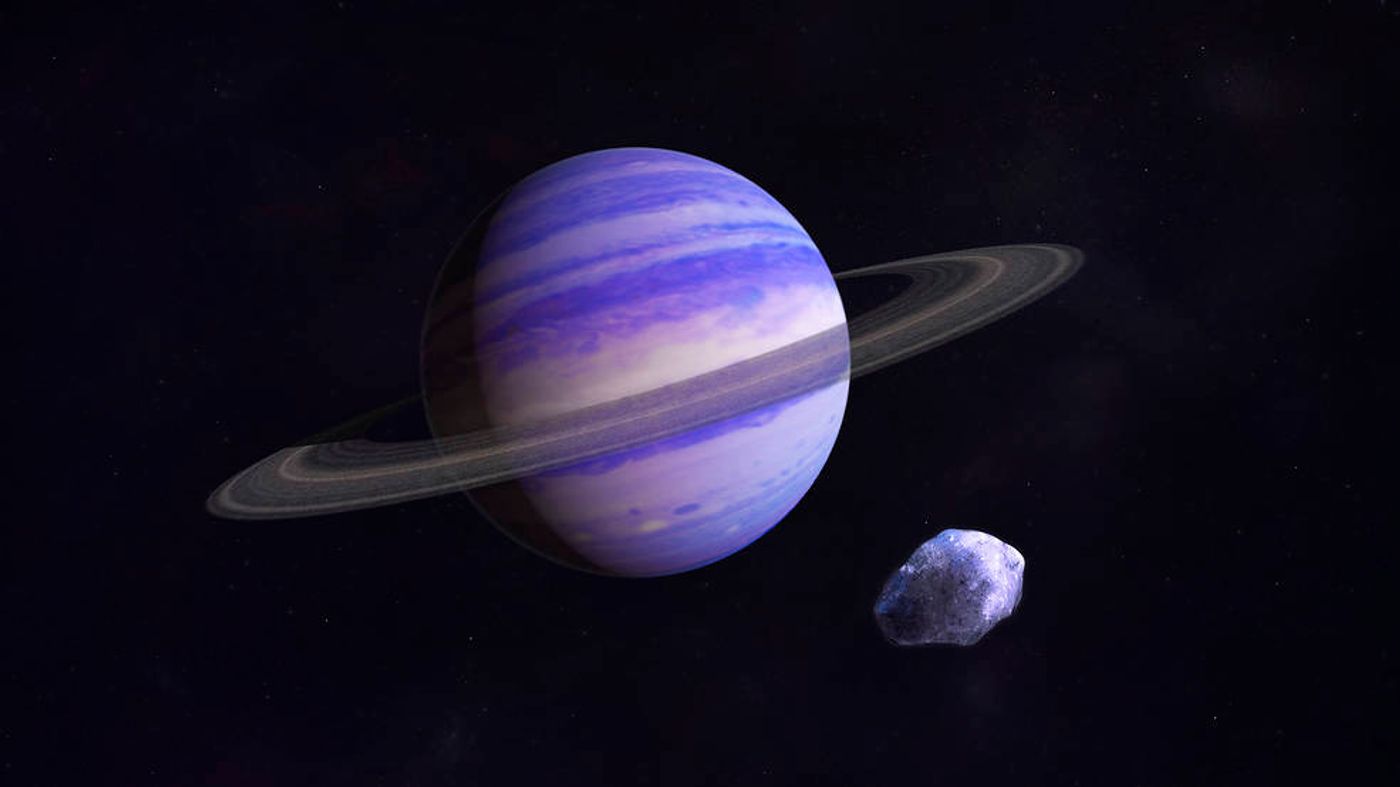Neptune-Like Planets Are the Most Common Type of Distant Exoplanet in Other Systems
A new study into the distant star systems that we discover and observe with the Kepler space telescope and more suggests that a lot of these star system’s outermost planets are likely to be Neptune-like in both composition and size.
These kinds of planets appear to be some of the most common to exist beyond the habitable zone on many of these star systems, as indicated by gravitational microlensing effects that have been observed in surveys from ground-based telescopes and observatories.
Image Credit: NASA/Goddard/Francis Reddy
The findings, which appear in the Astrophysical Journal, seem to help connect the dots into making sense of all the different kinds of planetary systems there are out there.
The team observed more than 1,474 microlensing events and 22 of them proved to be involving some kind of exoplanet.
Every star system is different and has different physics acting on it, so it’s difficult to have a template of rules that applies to every system. That said, some systems don’t fall under this research, but it seems like the vast majority do.
While not all systems have Earth-like exoplanets, gassy giants are more common. We compare these planets to Jupiter and Neptune because we can observe these planets up close in our own Solar System. They’re easier to spot too, given their mass and how much light they reflect from their host star.
Jupiter-like gassy planets are warm, while conversely, Neptune-like gassy planets are colder. This is a unique difference, as Jupiter-like gassy planets are usually found residing inside or before the habitable zone in distant star systems rather than outside of it.
"We've found the apparent sweet spot in the sizes of cold planets. Contrary to some theoretical predictions, we infer from current detections that the most numerous have masses similar to Neptune, and there doesn't seem to be the expected increase in number at lower masses," said lead scientist Daisuke Suzuki, a post-doctoral researcher at NASA's Goddard Space Flight Center in Greenbelt, Maryland, and the University of Maryland Baltimore County. "We conclude that Neptune-mass planets in these outer orbits are about 10 times more common than Jupiter-mass planets in Jupiter-like orbits."
Past the habitable zone, these kinds of planets form in what’s known as the “snow line,” which is a point far enough away from the start where there was leftover frozen material during planet formation. This is particularly where these Neptune-like exoplanets would have formed.
"Beyond the snow line, materials that were gaseous closer to the star condense into solid bodies, increasing the amount of material available to start the planet-building process," said Suzuki. "This is where we think planetary formation was most efficient, and it's also the region where microlensing is most sensitive."
When NASA’s WFIRST program begins in 2020, it should be interesting to see what kinds of new exoplanet information we can find. Using a large field of view in combination with a high resolution, it will not only help validate all the information we’ve received from Kepler, but it will help us to discover new worlds as well.
Source: NASA









